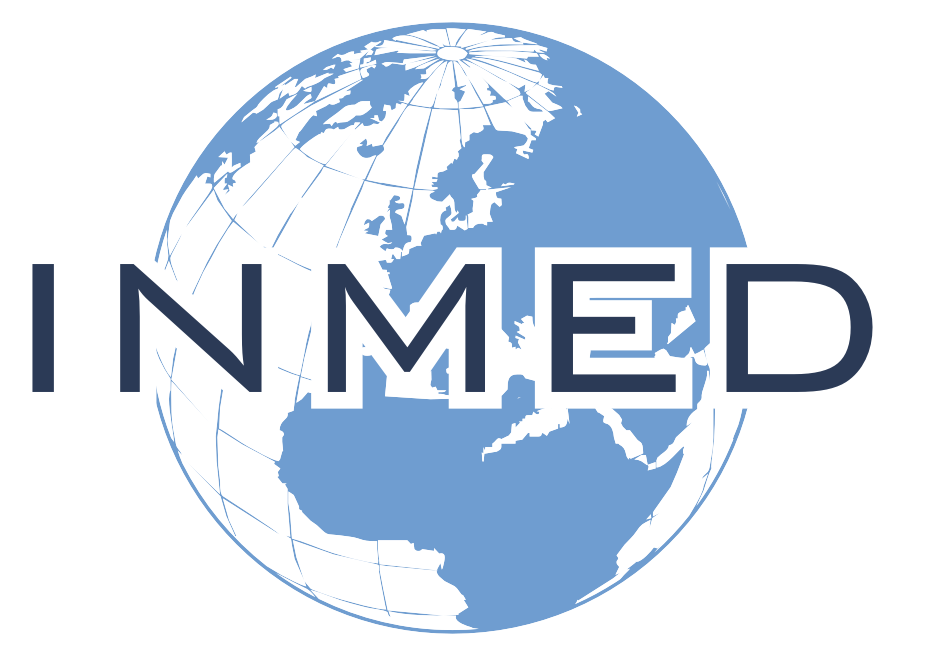Overview
The clinic serves indigent people in the beautiful, rural, rugged mountainous region west of the capital city of Port-au-Prince. Dr. Jim Wilkins and his team provide outpatient care with the support of laboratory, pharmacy, sonography, and radiology expertise. Patients are cared for regardless of their ability to pay. The Clinic also provides patient education and training of national medical workers.
The Clinic regularly receives healthcare profession students and resident physicians. They begin by shadowing clinicians, and then advance to caring for patients on their own, checking out each patient encounter with a staff member. Clinics usually begin with a 30-minute educational session, and students receive considerable hands-on experience. Participation in community health activities is also available.
